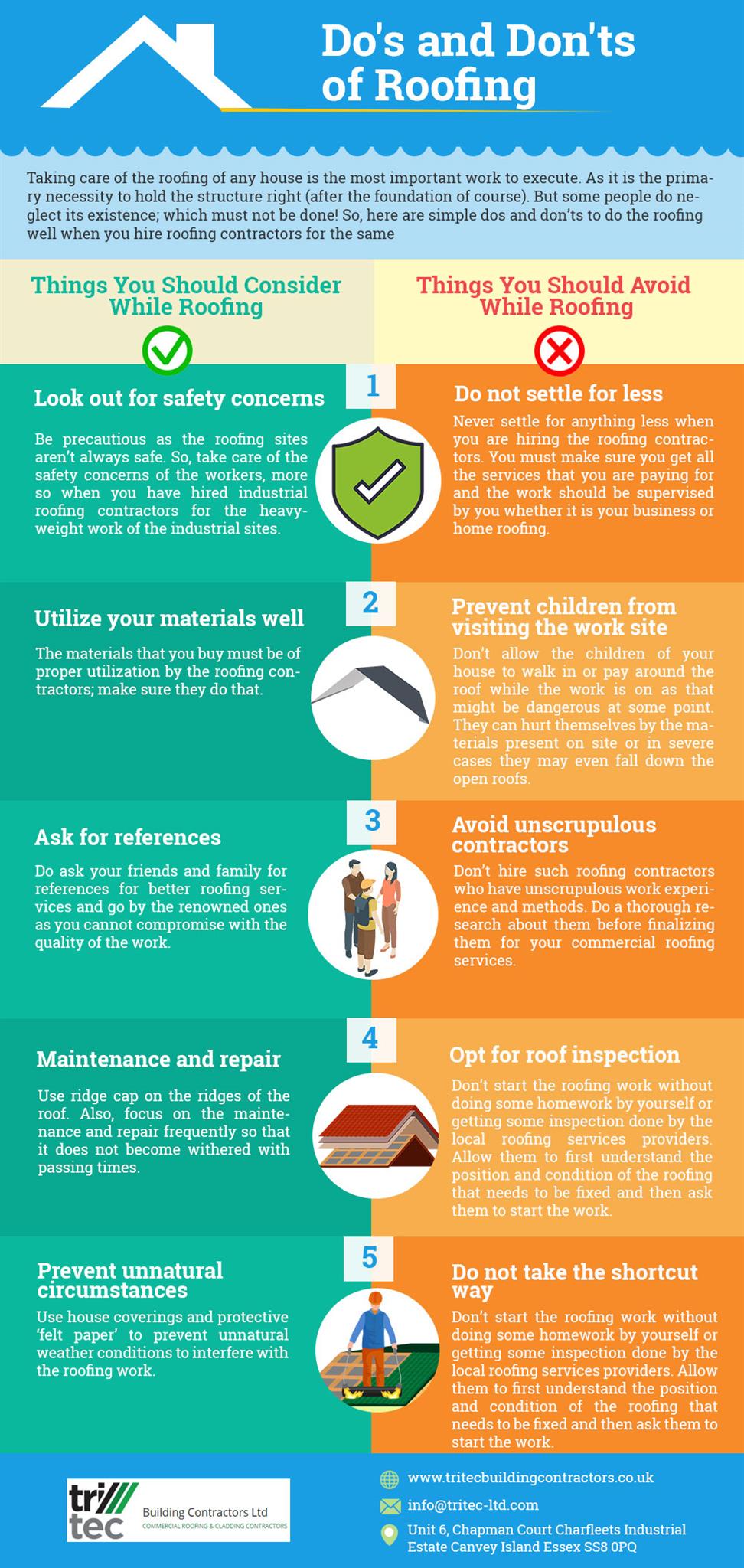Your Search For The Ideal Photovoltaic Panel Type For Your Home Commences Here, With Significant Components Prepared To Be Discovered-- Are You Equipped For This Venture?
Your Search For The Ideal Photovoltaic Panel Type For Your Home Commences Here, With Significant Components Prepared To Be Discovered-- Are You Equipped For This Venture?
Blog Article
Uploaded By-Price Nygaard
When it concerns choosing the right solar panels for your home, the selections can be frustrating. Each type provides unique benefits and trade-offs, making it important to identify which factors align ideal with your objectives. Whether your focus is on performance, cost-effectiveness, or aesthetic appeals, there's a photovoltaic panel kind that can deal with your requirements. So, before you make a decision, take into consideration the critical facets that will impact your solar energy system's performance and viability for your home.
Monocrystalline Solar Panels
When thinking about photovoltaic panels, you may encounter monocrystalline photovoltaic panels. These panels are recognized for their high effectiveness rates as a result of their building and construction from a single constant crystal structure. This style allows monocrystalline panels to execute far better in reduced light conditions contrasted to various other sorts of solar panels. Additionally, their streamlined black look makes them a popular choice for residential installments, assimilating perfectly with most rooftops.
One essential advantage of monocrystalline photovoltaic panels is their room performance. They need much less space to generate the exact same quantity of electricity as various other solar panel kinds, making them perfect for homes with minimal roofing room.
While monocrystalline panels often tend to be more costly in advance, their long-lasting toughness and efficiency usually make them a cost-efficient financial investment in the realm of solar energy. If you prioritize effectiveness and looks in your solar panel selection, monocrystalline panels could be the ideal option for your home.
Polycrystalline Solar Panels
Polycrystalline solar panels, also called multicrystalline photovoltaic panels, supply a different option to monocrystalline panels. These panels are made from silicon crystals that are thawed together, producing a less consistent look compared to monocrystalline panels.
Among https://realestate.usnews.com/real-estate/articles/should-i-add-solar-power-to-my-home of polycrystalline panels is their reduced production expense, making them a more economical option for house owners aiming to invest in solar energy.
While polycrystalline panels might have a slightly reduced effectiveness rate compared to monocrystalline panels, they still use a trustworthy and affordable way to create solar energy for your home. These panels carry out well in high temperatures and are a sturdy option for a variety of environments.
If you have a bigger roofing system room and are looking to maximize your energy manufacturing without breaking the financial institution, polycrystalline panels could be the best choice for you.
When thinking about solar panel alternatives for your home, it's vital to consider the cost-effectiveness and effectiveness of polycrystalline panels against your energy demands and budget constraints.
Thin-Film Solar Panels
Moving on to Thin-Film Solar Panels, these panels use a distinct alternative to typical silicon-based options like polycrystalline panels. Thin-film panels are light-weight and versatile, making them less complicated to install on various surface areas like bent roofs or walls. mouse click the next document , assimilating perfectly with the design of your home.
Nevertheless, it's important to keep in mind that thin-film panels typically have lower effectiveness prices contrasted to crystalline silicon panels. This suggests you may need more room to generate the same quantity of power.
On the silver lining, thin-film panels perform much better in low-light problems and have a reduced temperature level coefficient, implying they can create even more energy on warm days. If you have adequate area and are seeking a flexible and aesthetically appealing solar panel option, thin-film panels could be a terrific choice for your home.
Conclusion
To conclude, when choosing the best photovoltaic panel kind for your home, consider your energy needs, budget, and room restraints. Monocrystalline panels offer high effectiveness in restricted space, while polycrystalline panels use a cost-effective choice with dependable performance. Thin-film panels provide adaptability and aesthetic charm but may have lower effectiveness prices. By evaluating these variables, you can pick the photovoltaic panel type that finest fits your particular needs.
